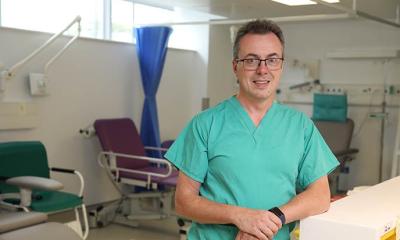Breathing new life into ventilators
The 2012 world market for ventilators and interfaces study identifies needs for interoperability and decision support tools.
The importance of to optimise workflow in clinical care is highlighted in from InMedica, a division of IMS Research (recently acquired by IHS Inc.). As cost-efficiency becomes an increasingly important factor when purchasing, the technology is being more closely scrutinised by manufacturers.
Traditionally, innovation in the ventilators market has been slow with the focus on the quality of ventilation provided. However, manufacturers are witnessing a strong drive for digitisation for hospitals, according to a new study, The World Market for Ventilators and Interfaces – 2012, from InMedica, a division of IMS Research (recently acquired by IHS Inc.).
As cost-efficiency is now more closely scrutinised by manufacturers, as is interoperability in an ICU ward. Ventilators need to work with other devices, e.g. patient monitors and infusion pumps. Buyers have shown preference has to firms offering this technology.
InMedica’s research found ventilator digitisation reflected an increasing trend for medical devices to be networked to a clinical information system (CIS). ‘Automated workflow within the hospital is becoming more important. Closed loop systems and Adapted Support Ventilation (ASV), minimising risk of over-oxygenation and reducing monitoring demand on the care-giver are becoming increasingly accepted,’ said InMedica market analyst Nicola Goatman. ‘Closed loop systems are particularly popular in the US and Europe, where healthcare services provide a high level of care to a large population. Within the ventilators market there is a need to improve integration with IT systems, allowing data from the ventilator to be stored digitally. Increased use of electronic patient records (EPRs) stored on the CIS is forecast, allowing more informed decision making and treatment planning within the hospital.’
Western Europe’s critical care market is largely saturated, and unit ship- ment growth rates are reflective of a replacement market. InMedica forecasts a five-year compound-average annual growth rate (CAGR) of 1.2 percent for this area. Predictions are that future ventilator developments will be led by interoperability needs, with firms joining IT specialists to improve connectivity between medical devices and the HIS. Along with high spec clinical features firms should now produce lightweight, easy to use ventilators with decision support features at lower cost.
04.09.2012










